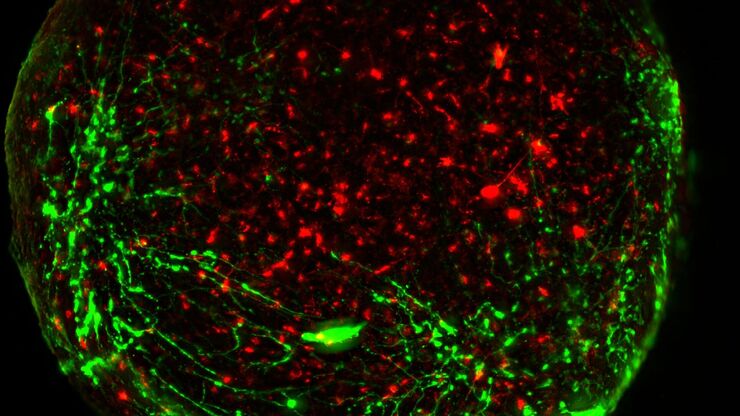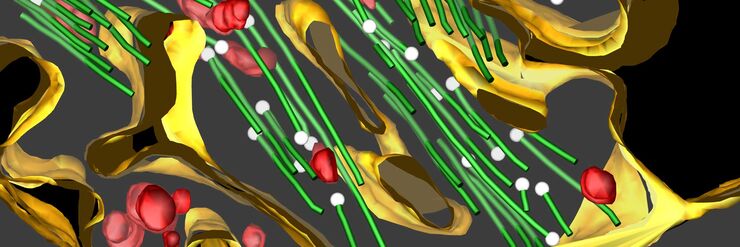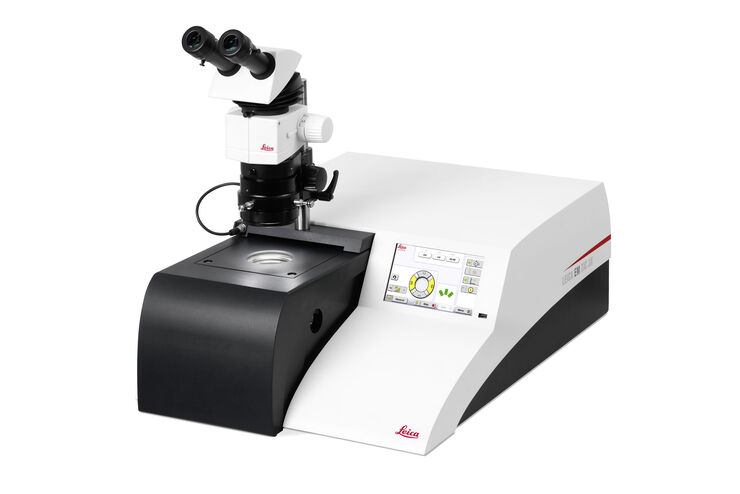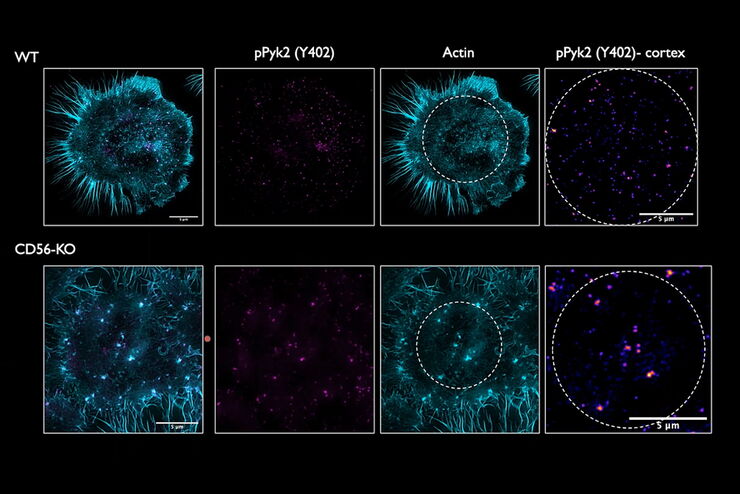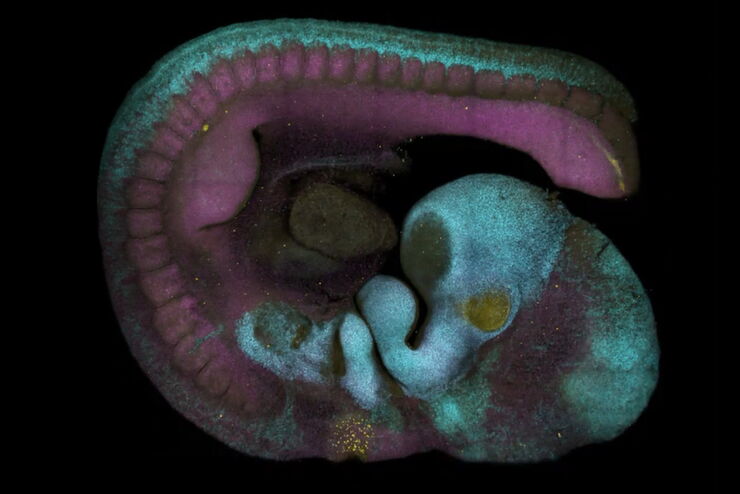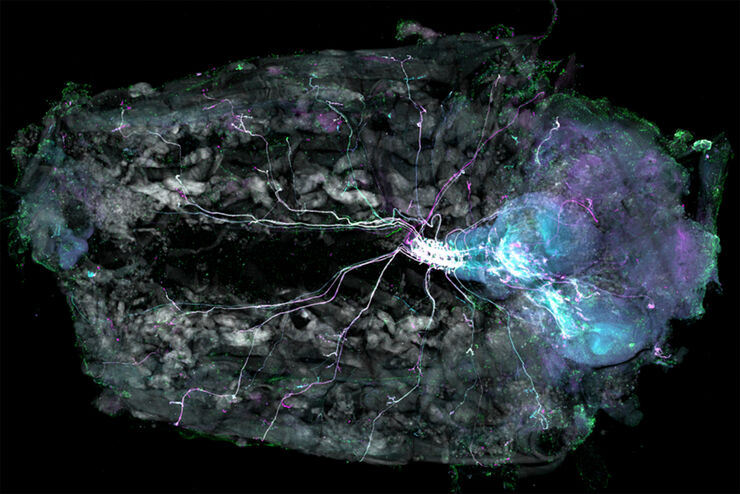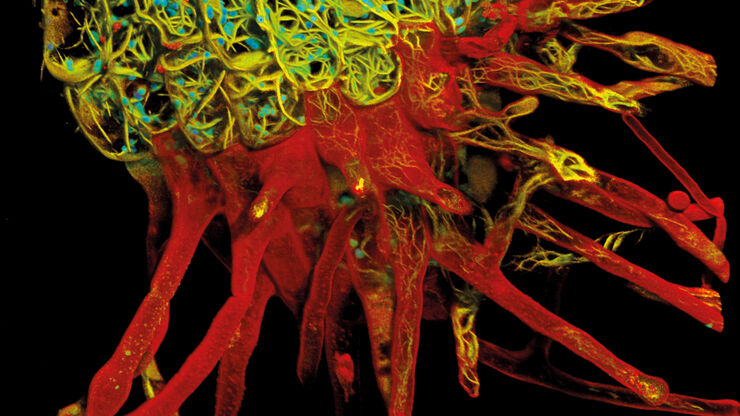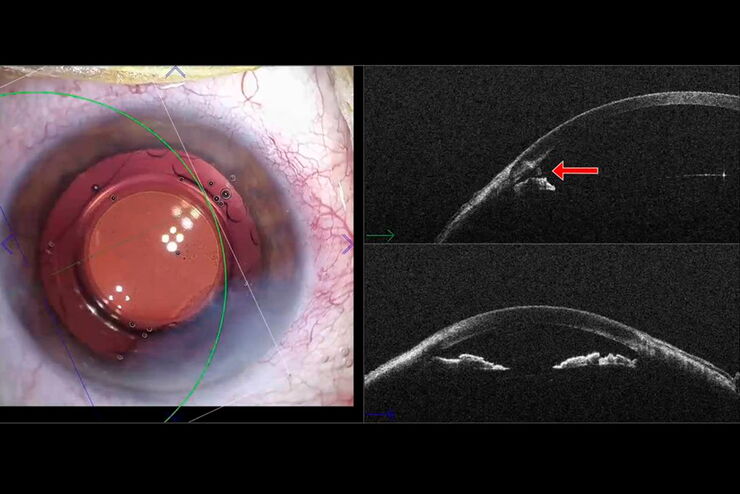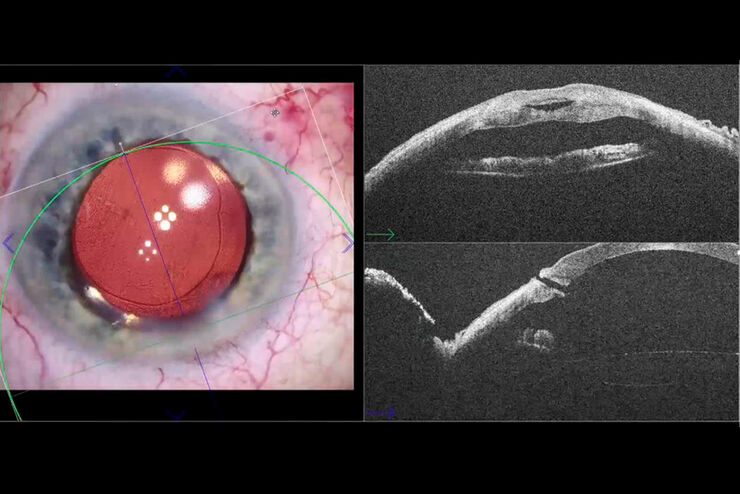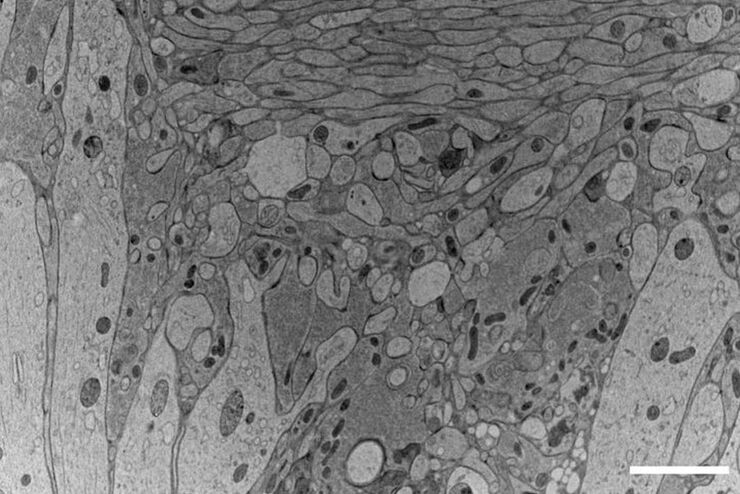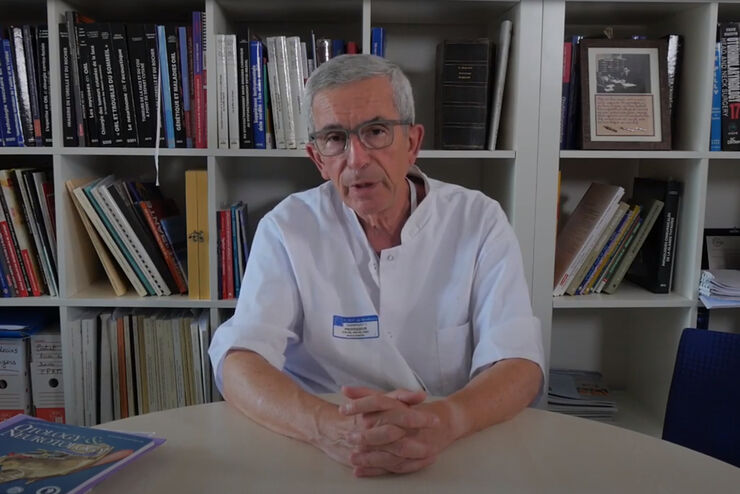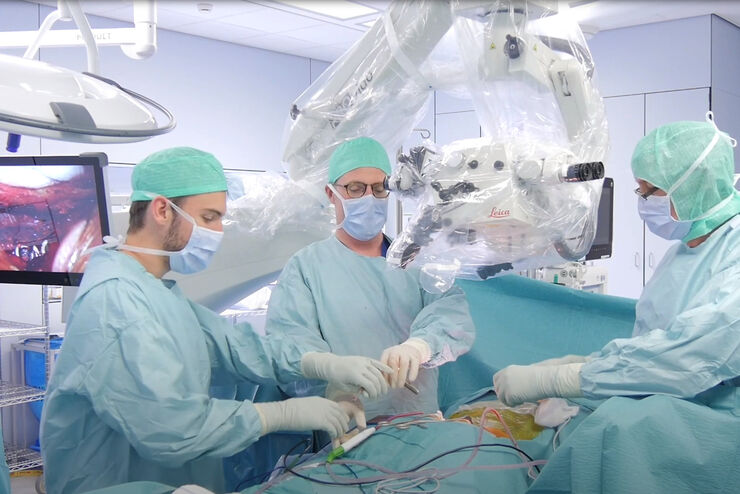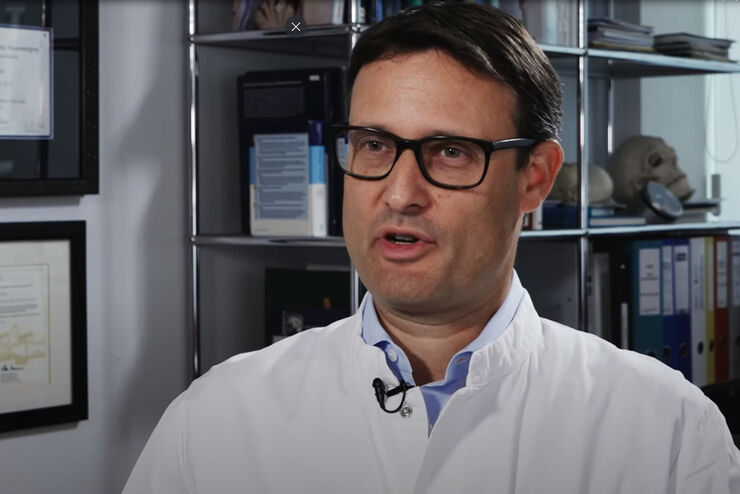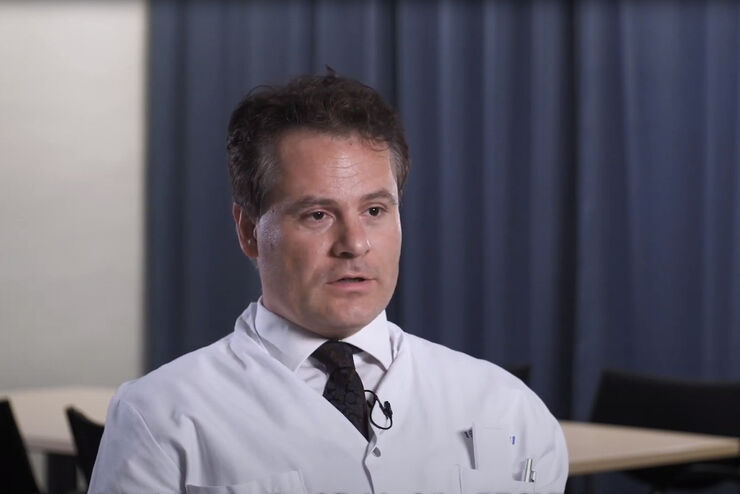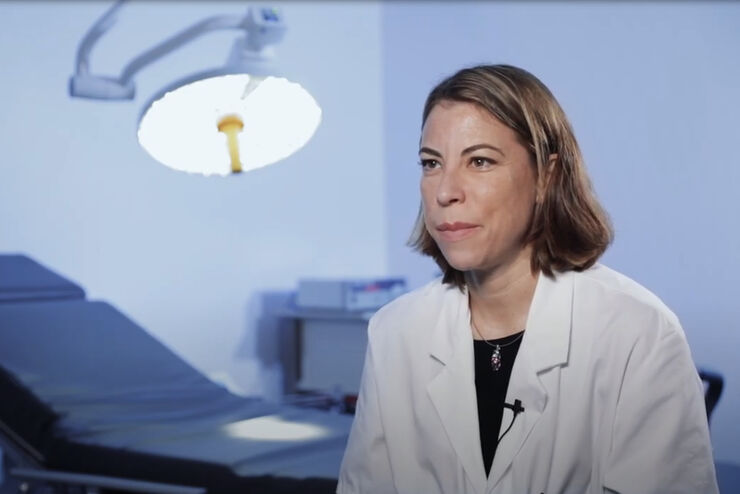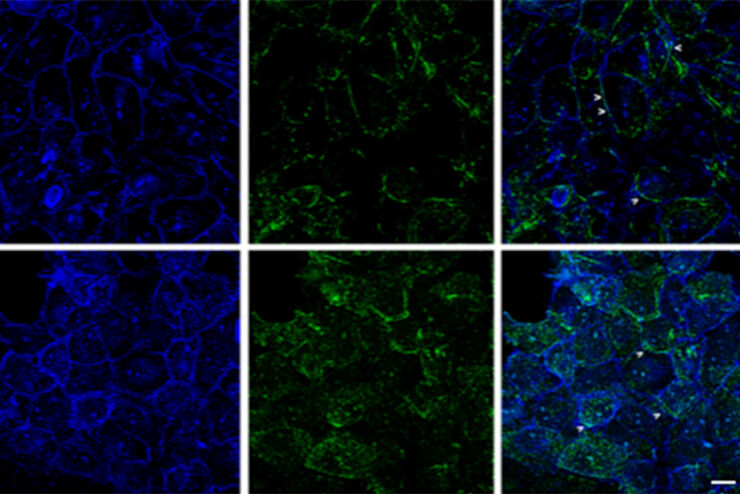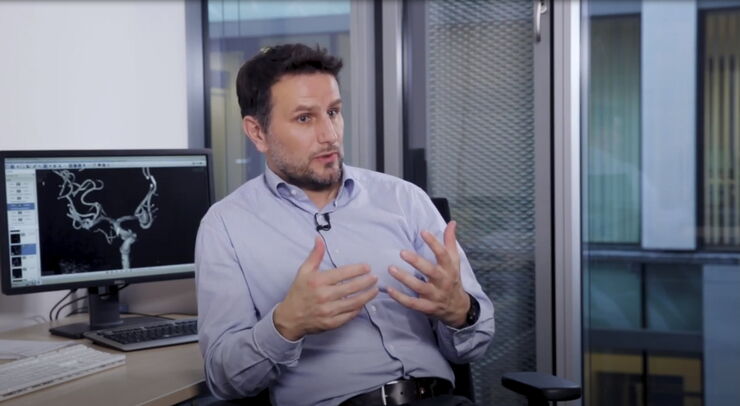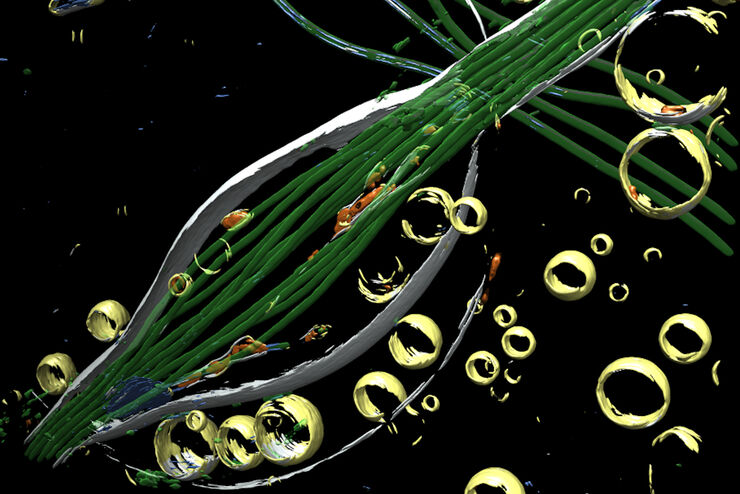Corporate Communications

Leica Microsystems develops and manufactures microscopes and scientific instruments for the analysis of microstructures and nanostructures.
We offer scientific research and teaching material on the subjects of microscopy. The content is designed to support beginners, experienced practitioners and scientists alike in their everyday work and experiments. Explore interactive tutorials and application notes, discover the basics of microscopy as well as high-end technologies.
Follow us
Download The Guide to Live Cell Imaging
In life science research, live cell imaging is an indispensable tool to visualize cells in a state as in vivo as possible. This E-book reviews a wide range of important considerations to take to…
Download EM Workflow Solutions Booklet
This publication is a compilation of appropriate workflows for the most frequently used sample preparation methods, like Correlative Methodologies, Optogenetics & Electro-Physiology, Surface Analysis,…
Application Booklet for EM TIC 3X
Today, ion beam milling is one of the most widely-used methods for preparing samples for electron microscopy. Download this 76-pages booklet today and learn how to improve your processes.
Regulators of Actin Cytoskeletal Regulation and Cell Migration in Human NK Cells
Dr. Mace will describe new advances in our understanding of the regulation of human NK cell actin cytoskeletal remodeling in cell migration and immune synapse formation derived from confocal and…
Adding Dimensions to Multiplex Molecular Imaging
Molecular imaging of living specimens offers a means to draw upon the growing body of high-throughput molecular data to better understand the underlying cellular and molecular mechanisms of complex…
Understanding Motor Sequence Generation Across Spatiotemporal Scales
We have developed a microscopy-based pipeline to characterize a developmentally critical behavior at the pupal stage of development, called the ecdysis sequence. We study brain-wide neuronal activity…
Benefits of TauContrast to Image Complex Samples
In this interview, Dr. Timo Zimmermann talks about his experience with the application of TauSense tools and their potential for the investigation of demanding samples such as thick samples or…
Residual Fragment Assessment with the Proveo 8 Intraoperative OCT
In the brief video presented below, Dr. Rachid Tahiri, an ophthalmic surgeon at the Centre d’Ophtalmologie in Granville, France shares his experience in using Proveo 8 intraoperative OCT in cataract…
Cataract Incision Analysis Using EnFocus Intraoperative OCT
Ophthalmic surgery requires high levels of accuracy and precision for optimal surgical maneuvers and tissue manipulation. Surgical microscopes play an essential role in helping ophthalmic surgeons…
Fast, High-quality Vitrification with the EM ICE High Pressure Freezer
The EM ICE High Pressure Freezer was developed with a unique freezing principle and uses only a single pressurization and cooling liquid: liquified nitrogen (LN2). This design enables three major…
Advanced Visualization in ENT Surgery
ENT surgery poses unique challenges. It requires excellent visualization, both in terms of magnification and illumination. As such, choosing the right operating microscope is critical.
Advanced Visualization in Spine Surgery
There have been meaningful advances in spine surgery in recent years. Minimally Invasive Spine Surgery (MISS) techniques provide significant benefits, helping to minimize surgical trauma, improve…
How Augmented Reality is Transforming Vascular Neurosurgery
Augmented Reality is changing surgery, with new information helping to improve the precision and safety of procedures. This is especially true in vascular neurosurgery where Augmented Reality is…
Overcoming Ophthalmologic Surgery Challenges
Ophthalmology surgical procedures involving both the anterior and posterior segment can be particularly challenging. Good visualization is required to operate with precision and confidence.
Prof.…
Advanced Visualization in Maxillofacial Plastic and Reconstructive Surgery
Plastic and Reconstructive Surgery is very demanding. Surgical microscopes play an important role, helping to ensure flaps are well vascularized.
Dr. Christine Bach is a Plastic and Reconstructive…
Improvement of Imaging Techniques to Understand Organelle Membrane Cell Dynamics
Understanding cell functions in normal and tumorous tissue is a key factor in advancing research of potential treatment strategies and understanding why some treatments might fail. Single-cell…
Neurovascular Surgery & Augmented Reality Fluorescence
Vascular neurosurgery is highly complex. Surgeons need to be able to rely on robust anatomical information. As such, visualization technologies play an essential role.
Prof. Nils Ole Schmidt is a…
Advancing Cell Biology with Cryo-Correlative Microscopy
Correlative light and electron microscopy (CLEM) advances biological discoveries by merging different microscopes and imaging modalities to study systems in 4D. Combining fluorescence microscopy with…
